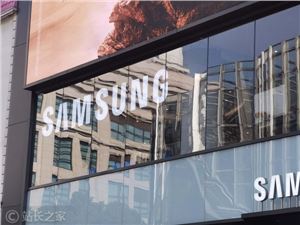In the field of video production and image processing, the "de-flicker" technology has always been crucial for enhancing video quality. With the advancement of technology, a new de-flicker algorithm called BlazeBVD has emerged, capable of not only quickly removing flicker from videos but also maintaining the integrity and color authenticity of the video content.
BlazeBVD, short for Blaze Blind Video Deflickering, is an automated video de-flicker technology. It can effectively improve the temporal consistency of videos under unknown video degradation conditions. The advent of this technology has brought revolutionary changes to video post-production.

Video flicker issues are usually caused by shooting environments, camera hardware limitations, or image processing techniques. These problems create inconsistencies in brightness or color between video frames, significantly affecting the viewing experience. Therefore, developing a technology that can eliminate flicker while maintaining the integrity of the video content is particularly important.

The Working Principle of BlazeBVD
The core of the BlazeBVD technology lies in the use of the classical Scale-Time Equalization (STE) method. By processing the histogram of video frames, it captures flicker and local exposure changes. This process includes the following key steps:
Histogram Assistance: BlazeBVD first compresses pixel values into illumination histograms, which precisely capture flicker and local exposure changes.
STE Filtering: Through the STE method, the illumination histograms are smoothed to generate a set of single frames, filtered illumination maps, and exposure maps.
Global and Local De-flicker Modules: BlazeBVD uses a 2D network to recover textures affected by lighting changes or local exposure issues and employs a lightweight 3D network to correct minor temporal inconsistencies.
Adaptive Temporal Consistency: Finally, BlazeBVD processes all frames through a lightweight spatiotemporal network and improves video coherence by designing an adaptive mask weighted deformation loss.
Through comprehensive experiments on synthetic videos, real-world videos, and generated videos, BlazeBVD has demonstrated excellent qualitative and quantitative results. It not only removes flicker while maintaining video quality but also achieves 10 times the inference speed of existing technologies.
The application prospects of BlazeBVD technology are broad, applicable to video editing, film post-production, video content generation, and more. With continuous technological advancements, BlazeBVD is expected to become the new standard in the video processing field.
Paper Address: https://arxiv.org/html/2403.06243v1








